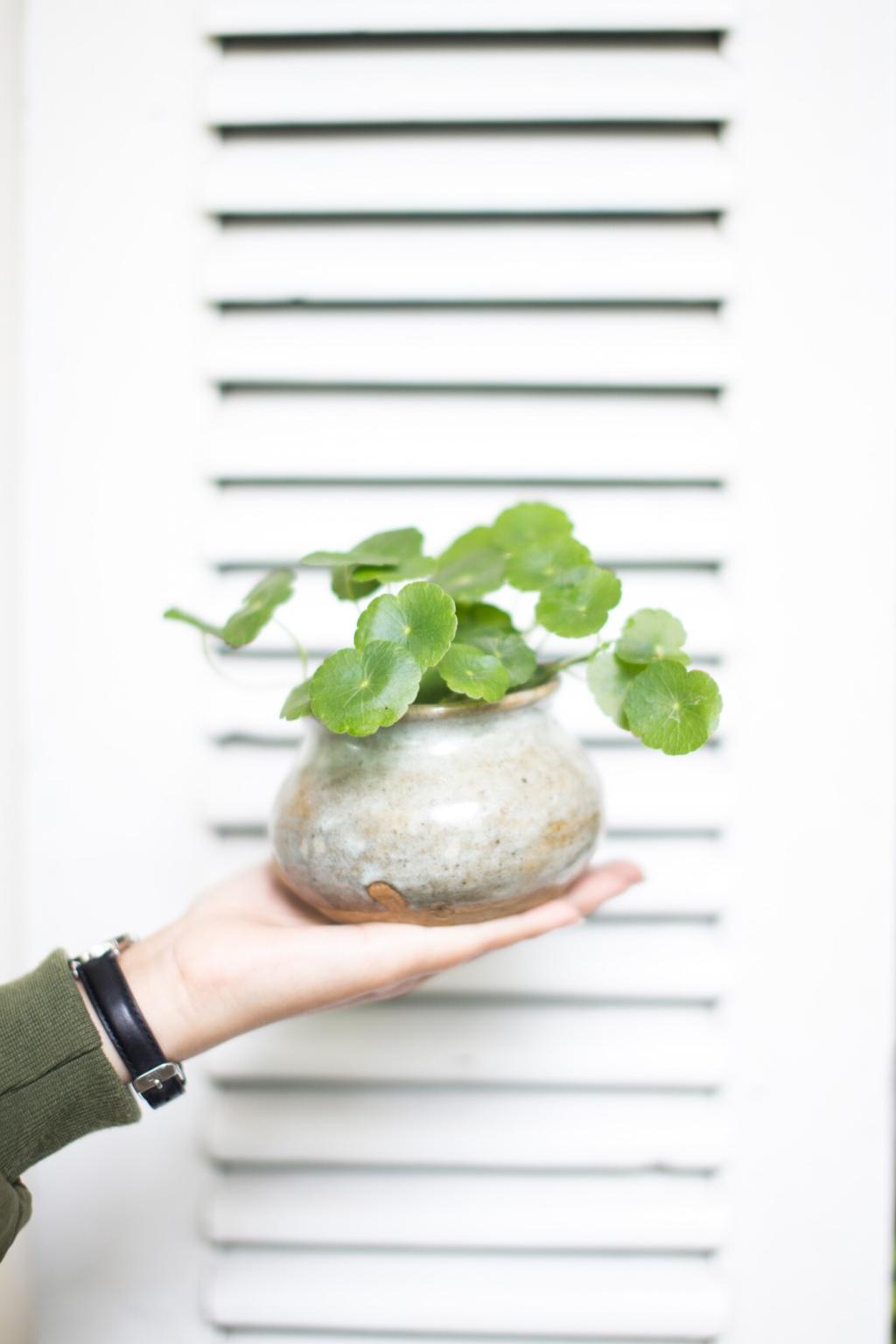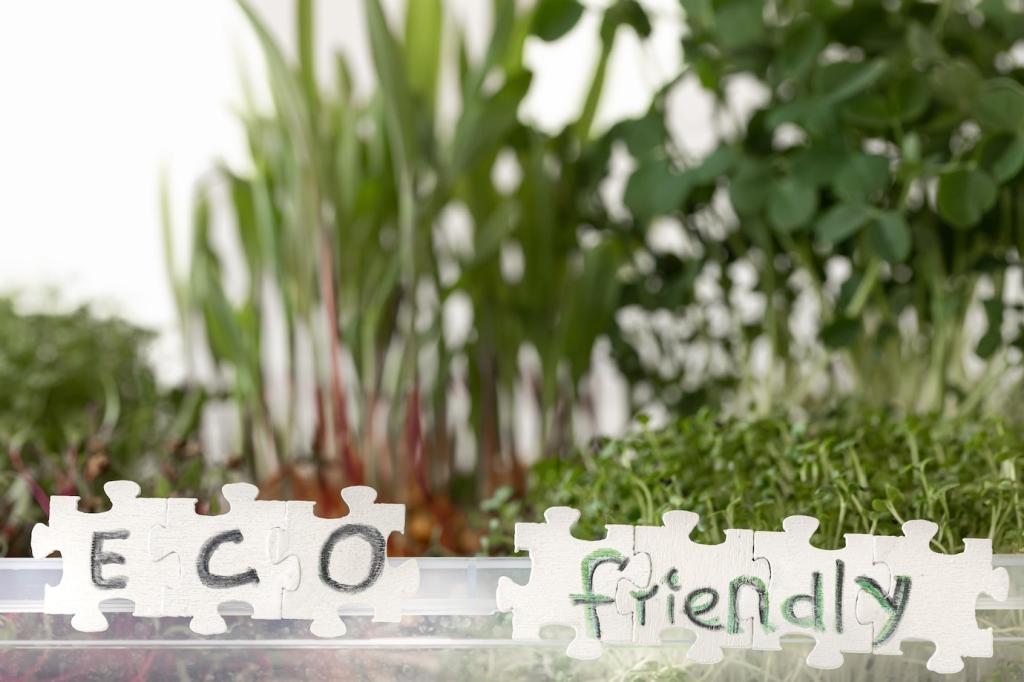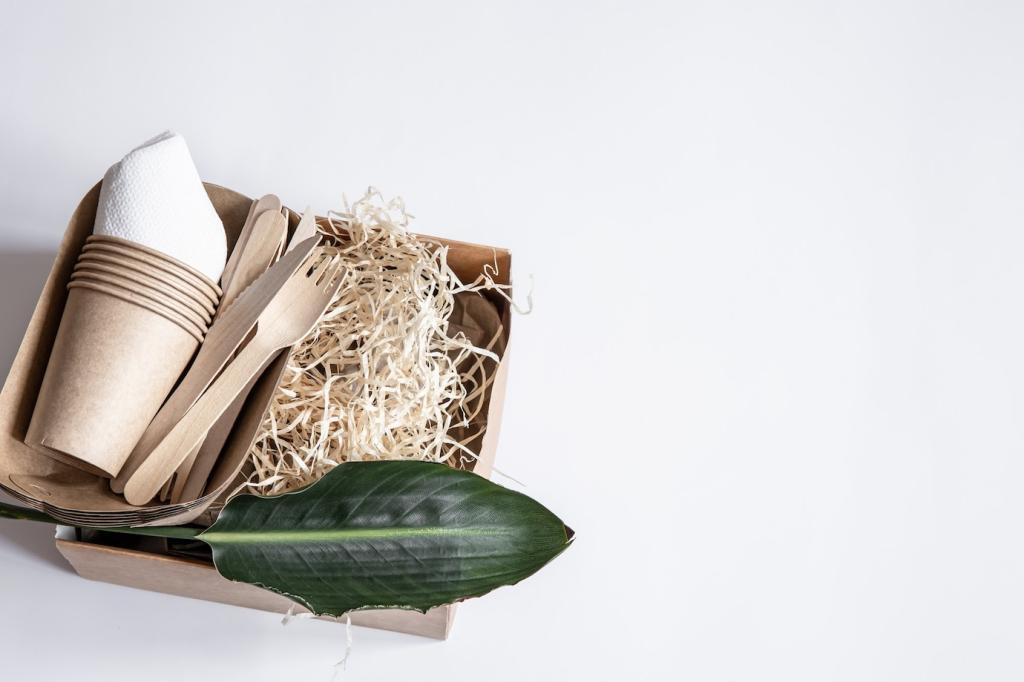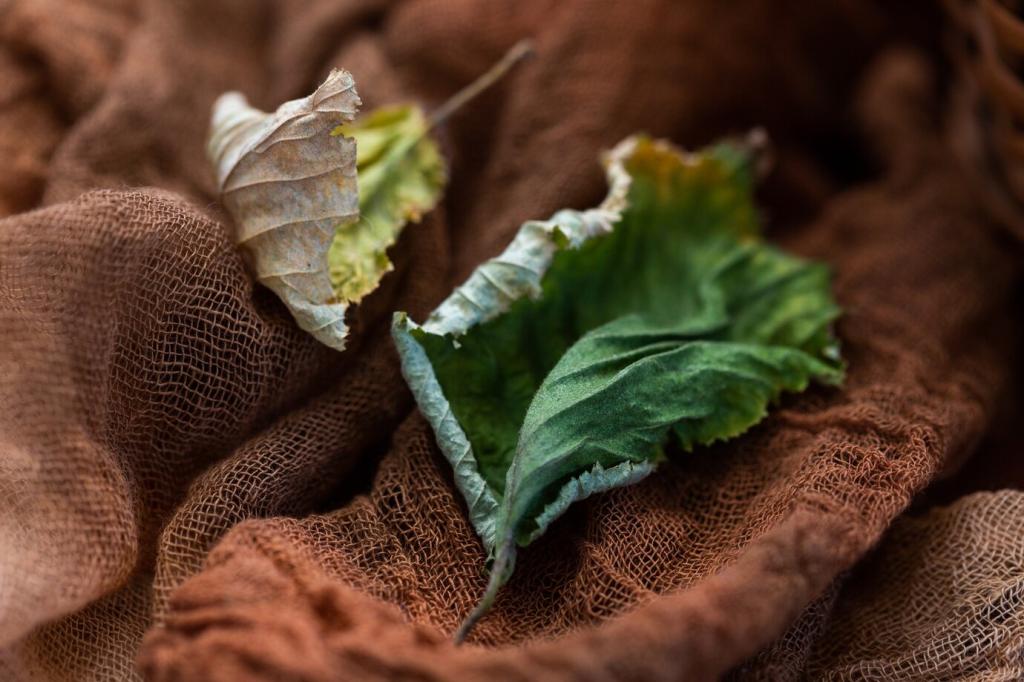Today’s Theme: Eco-Friendly Paints and Finishes
Breathe easier, live brighter, and make every brushstroke count. Chosen theme: Eco-Friendly Paints and Finishes. Explore healthier color, planet-positive materials, and practical techniques that turn walls and woodwork into stories worth sharing. Subscribe, comment, and join our community of greener makers.

Why Eco-Friendly Paints and Finishes Matter Today
Traditional paints can off-gas VOCs that trigger headaches, eye irritation, and lingering odors. Low- and zero-VOC paints and finishes markedly reduce those emissions, improving indoor air quality from day one. If you’ve felt dizzy painting before, you’ll notice the difference immediately—cleaner air and a calmer space.

Decoding VOC Numbers
VOC is typically listed in grams per liter. Look for low or zero VOC in both base paint and colorants, because tinting can raise emissions. Remember that some categories—like primers and specialty coatings—have different limits, so compare similar products for a fair, apples-to-apples understanding.
Certifications That Actually Mean Something
GREENGUARD Gold, EU Ecolabel, Nordic Swan, and Cradle to Cradle Certified evaluate emissions, ingredients, or circularity. These marks don’t guarantee perfection, but they are strong indicators that a product was tested beyond marketing claims. When in doubt, check the technical data sheet and emissions test reports.
Spotting Greenwashing
Terms like “natural” or “eco” can be vague without data. Look for disclosed VOC values, ingredient transparency, and verifiable certifications. Share a label you’re unsure about in the comments, and we’ll help decode it in a future post dedicated to eco-friendly paints and finishes.

Application Techniques for Healthier Results
On plaster or masonry, breathable mineral or casein primers can help regulate moisture, reduce peeling, and support clay or silicate paints. Natural pigments—like earth oxides and ultramarines—deliver rich color without harsh solvents. Always test a small area to ensure compatibility before tackling an entire wall.

Color, Mood, and Natural Pigments
Clay-inspired terracotta, olive, and ochre create cocooning spaces grounded in nature. These shades, often derived from iron oxides and mineral pigments, soften edges and bring warmth. Try them in bedrooms or reading nooks where slower heartbeats and deeper breathing are always welcome.
Durability, Care, and Finishing Touches
Hardwax oils blend plant oils with durable waxes like carnauba to penetrate and protect wood from within. They’re repairable without sanding the whole floor—just spot-fix worn areas. That means fewer materials over time, fewer fumes, and a floor that ages gracefully alongside your home.
Durability, Care, and Finishing Touches
Waterborne, low-VOC varnishes and bio-based alkyds offer strong protection for furniture and trim. They level smoothly, amber less than solvent-heavy options, and clean up with water. Considering a tabletop or banister refresh? Ask us about compatible primers and coats to maximize durability with minimal emissions.

Where to Buy Responsibly
Look for retailers that offer zero-VOC colorants, publish safety data, and accept leftover returns. Many local shops host recycling days for metal cans and plastic liners. Ask about sample pots to avoid overbuying and reduce waste while exploring eco-friendly paints and finishes.

Cost vs. Coverage Math
Compare coverage per liter and required coats, not just sticker price. Higher-solids, low-VOC paints can cover in fewer passes, saving time and money. Keep receipts and square-foot notes, then share your calculations with readers who are planning similar sustainable updates.

Community Swaps and Leftover Stewardship
Donate unopened cans to community projects, or host a neighborhood swap for mutually useful colors. For disposal, use municipal hazardous waste programs. Tell us how you managed leftovers, and we’ll compile reader tips into a practical guide for eco-friendly paints and finishes.
